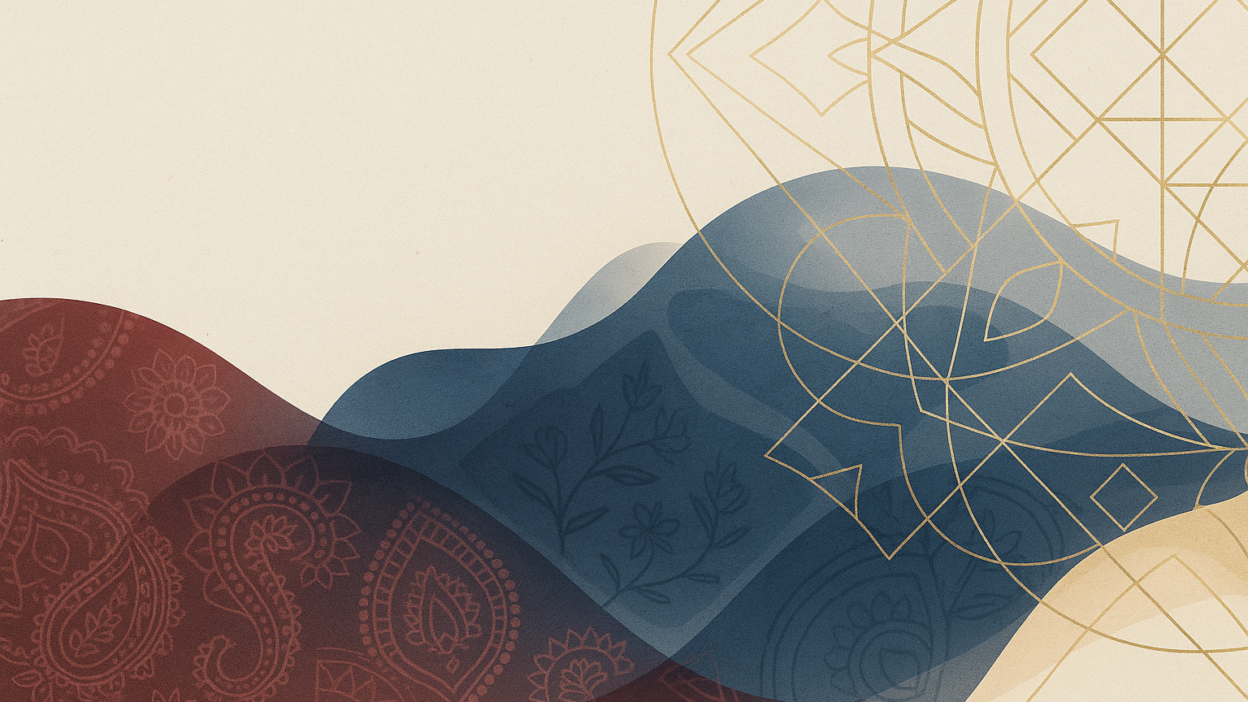Building a premium brand in India today? You’re fighting for attention in an increasingly crowded market. There’s been an explosion of premium D2C brands in the last few years, and just slapping “premium” on your brand doesn’t cut it anymore.
The market data shows India’s consumer economy at $2.1 trillion, but what matters is this specific segment I call Upper India1 – about 4-5 crore people who control roughly two-thirds of all discretionary spending. These folks aren’t just rich on paper – they travel, follow global trends, and will absolutely pay for quality. The problem? Every brand has noticed this opportunity.
The Journey: Function → Symbol → Experience
Here’s the truth: premium brands have evolved through three distinct phases. First, they sold function – a watch told time, a bag carried things. Simple as that. Then came the shift to symbolic purchasing, where affluent consumers began using premium brands to signal values and tastes to others and themselves. You weren’t just buying a product; you were buying identity.
This symbolic phase dominated premium branding for decades. Premium consumers wanted products that told a story about who they were – their success, their taste, their social standing. Brands like Tanishq and Forest Essentials didn’t just sell jewelry or skincare; they sold refined Indian luxury that signaled sophisticated taste and cultural pride.
Now, we’re witnessing another evolution toward experiential purchasing. Gautam Sinha from Nappa Dori gets this perfectly with Cafe Dori integrated into flagship locations, where people come for the ambiance as much as the products. At Banjaaran Studio, we’re developing a similar vision (whenever we can afford it – small startups, big dreams!) – an experience center where customers not only shop but discover our story, witness our craftsmanship, and enjoy a carefully curated food experience. Understanding this evolution from product to symbol to experience is essential for premium positioning today.
Cultural Context Is Everything
The Indian premium market has undergone a profound shift. Two decades ago, during India’s economic liberalization and through the early 2000s, consumer aspiration leaned heavily toward European aesthetics. This led domestic brands to adopt Western-sounding names – Louis Philippe, Peter England, Van Heusen – believing these would confer automatic prestige. The assumption was that Indian consumers wanted to be seen as sophisticated through European association.
But that era is fading. Today’s Upper India1 consumer exhibits a confident pride in Indian heritage. They’re looking inward, appreciating Indian craftsmanship, design sensibilities, and cultural references. This shift isn’t about rejecting global quality standards – it’s about celebrating Indian identity while meeting those standards.
Today’s premium positioning has to understand this cultural shift. Heritage brands now connect to Indian craft traditions rather than borrowed European stories. When talking sustainability, link it to our traditional resource conservation practices, not imported green concepts. The whole idea of premium is being redefined – it’s less about showing off and more about appreciating quality craft and culture. This is exactly what we’re trying to build at Banjaaran Studio – a brand that embraces this new definition of premium through authentic Indian craftsmanship.
The brands that understand this shift are the ones finding success with today’s premium Indian consumer. I deeply admire brands like Jodi , 11.11/eleven eleven, Pero, Cord, Bodice, and Dhruv Kapoor – all of whom embrace Indian identity while maintaining global standards of quality and design. These brands prove that you don’t need European pretensions to command premium positioning; you need authenticity, craft, and cultural confidence.
The Power of Naming
What matters now is choosing a name with genuine meaning and then enhancing it with the right signifiers. When we started Banjaaran Studio, we initially called it just ‘Banjaaran.’ Adding ‘Studio’ had a massive impact on perception without abandoning our Indian identity.
‘Studio’ signals products are unique, handcrafted, and created with artistic intent. It communicates thoughtful creation and limited production – all of which justify premium pricing.
Words like ‘Atelier,’ ‘Studio,’ ‘Workshop,’ or ‘House of’ all communicate specific premium attributes. Consider what subliminal messages your name sends.
The Power of Mission and Vision
While identifying your position in the market is crucial, anchoring that position with clear mission and vision statements is equally important. These aren’t just corporate exercises – they’re foundational elements that bring focus to your premium positioning.
Your mission statement articulates your brand’s purpose and what it stands for today. It answers the fundamental question: “Why does your brand exist beyond making money?”
Your vision statement paints a picture of where your brand aims to go. It provides a north star that guides long-term decisions and keeps your team aligned.
Together, these statements create guardrails that ensure every product, campaign, and customer experience reinforces your premium positioning. When evaluating opportunities, you can simply ask: “Does this align with our mission and vision?” If the answer is no, it likely threatens your positioning.
At Banjaaran Studio, we receive dozens, sometimes hundreds of collaboration emails and DMs every month. The tricky part is making sure to only pursue opportunities that actually align with our vision and mission. Having these statements clearly defined helps us filter through the noise and focus on partnerships that truly advance where we see ourselves going.
For premium brands especially, having clarity on these fundamentals prevents the common pitfall of chasing short-term market trends at the expense of long-term brand equity.
Premium: Show, Don’t Tell
Simply calling yourself premium doesn’t automatically position you as premium in the consumer’s mind. Every touchpoint – from your website to your packaging, from your customer service to your social media – needs to consistently reinforce your premium positioning.
In my experience building Banjaaran Studio, I’ve noticed a few patterns that don’t work:
First, declaring “premium” without demonstrating what makes your approach meaningfully different. Simply stating “we make premium products” doesn’t create that perception.
Second, relying on superlatives like “the finest,” “most exclusive,” or “unparalleled quality” without substantiation. These claims need tangible evidence to be meaningful.
Third, assuming premium materials automatically equal premium brand. Premium positioning encompasses more than just materials – it’s about the complete experience you deliver.
True premium positioning requires coherence across customer interactions. Your communication, visual language, product quality, service standards, and brand experience should all work together to create a unified perception.
Remember: consumers form impressions based on their actual experiences with your brand rather than what you claim about yourself.
Authenticity Is Non-Negotiable
At Banjaaran Studio, I discovered something crucial about authentic positioning. When working with my sister Meera, who is our creative director, I saw how her natural artistic identity became the foundation of our brand. Her aesthetic and vision weren’t something we manufactured – they were extensions of who she already was. This taught me that the strongest positioning comes from genuine capabilities, not aspirational claims.
My role became finding the balance between preserving that artistic authenticity and ensuring commercial viability. It’s about translating pure creative vision into products that resonate with customers without compromising what makes them special.
Here’s the lesson: when developing your positioning, start with what’s genuinely true about your capabilities, values, or unique perspective. Look for what comes naturally to your team or what you can deliver consistently without pretense. Authentic positioning can’t be faked because it needs to show up in every decision, every product, every interaction.
If you find yourself straining to maintain a certain image or constantly explaining why you belong in a particular position, you’re probably not being authentic. The right positioning should feel like a natural extension of who you are and what you can genuinely deliver. Stick to what’s real – consumers can sense authenticity, and more importantly, you can sustain it.
Finding Your Signature
The premium market in India has evolved far beyond European aspirations and gold-leafed packaging. Today’s consumers seek brands that understand this shift while staying true to their own story.
At Banjaaran Studio, we’ve learned positioning isn’t about fitting into boxes. It’s about finding where authentic capabilities meet real market needs. The brands that endure create positions so distinct, so authentic, that no competition can dislodge them.
True premium positioning isn’t just where you place yourself in the market—it’s about creating a space only you can occupy.
Kveer, signing out.



